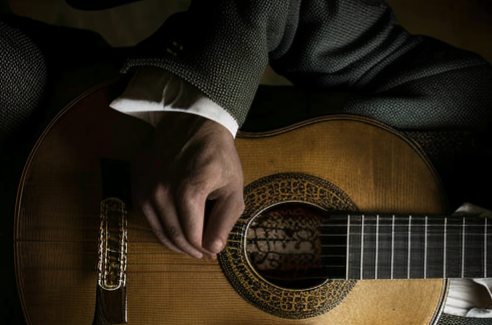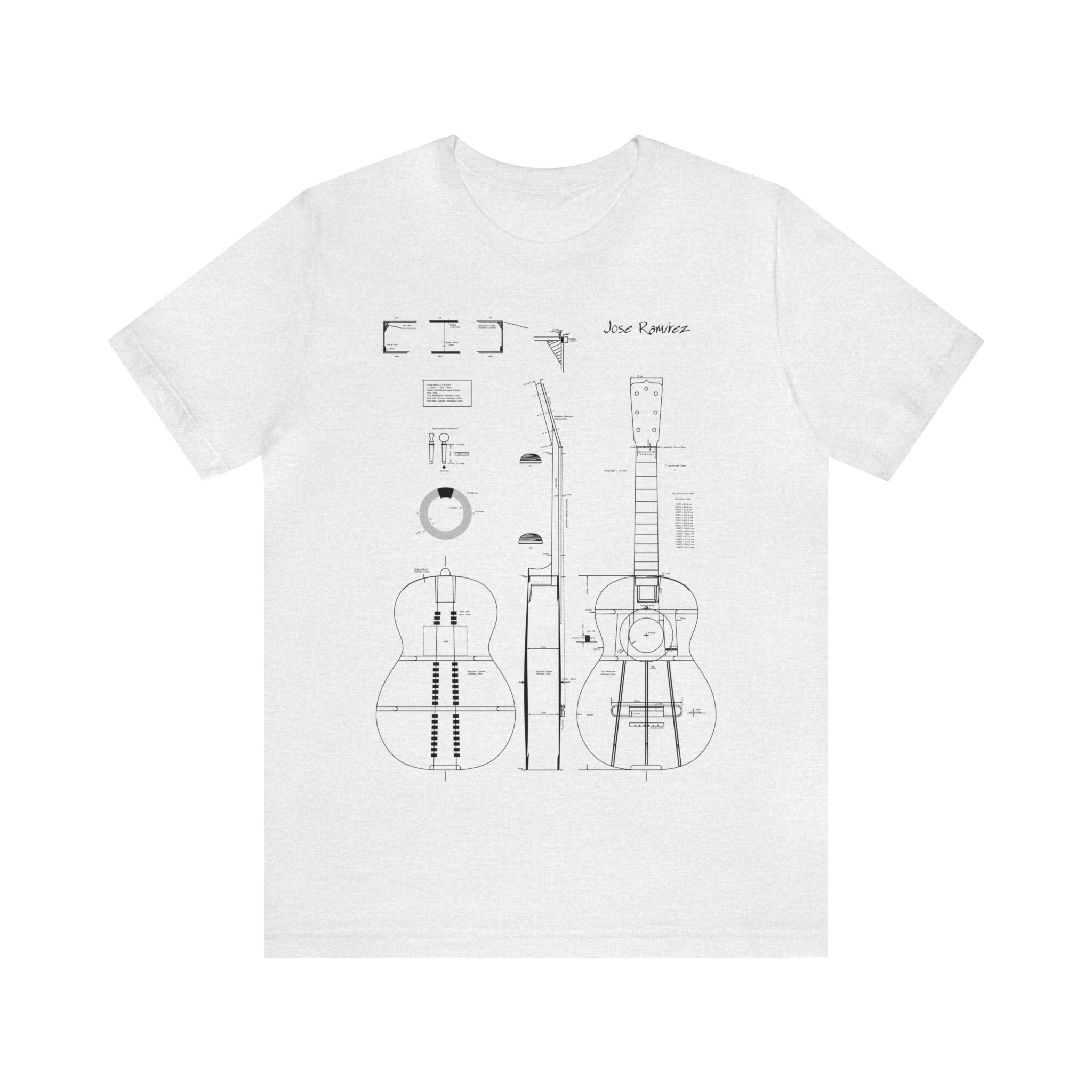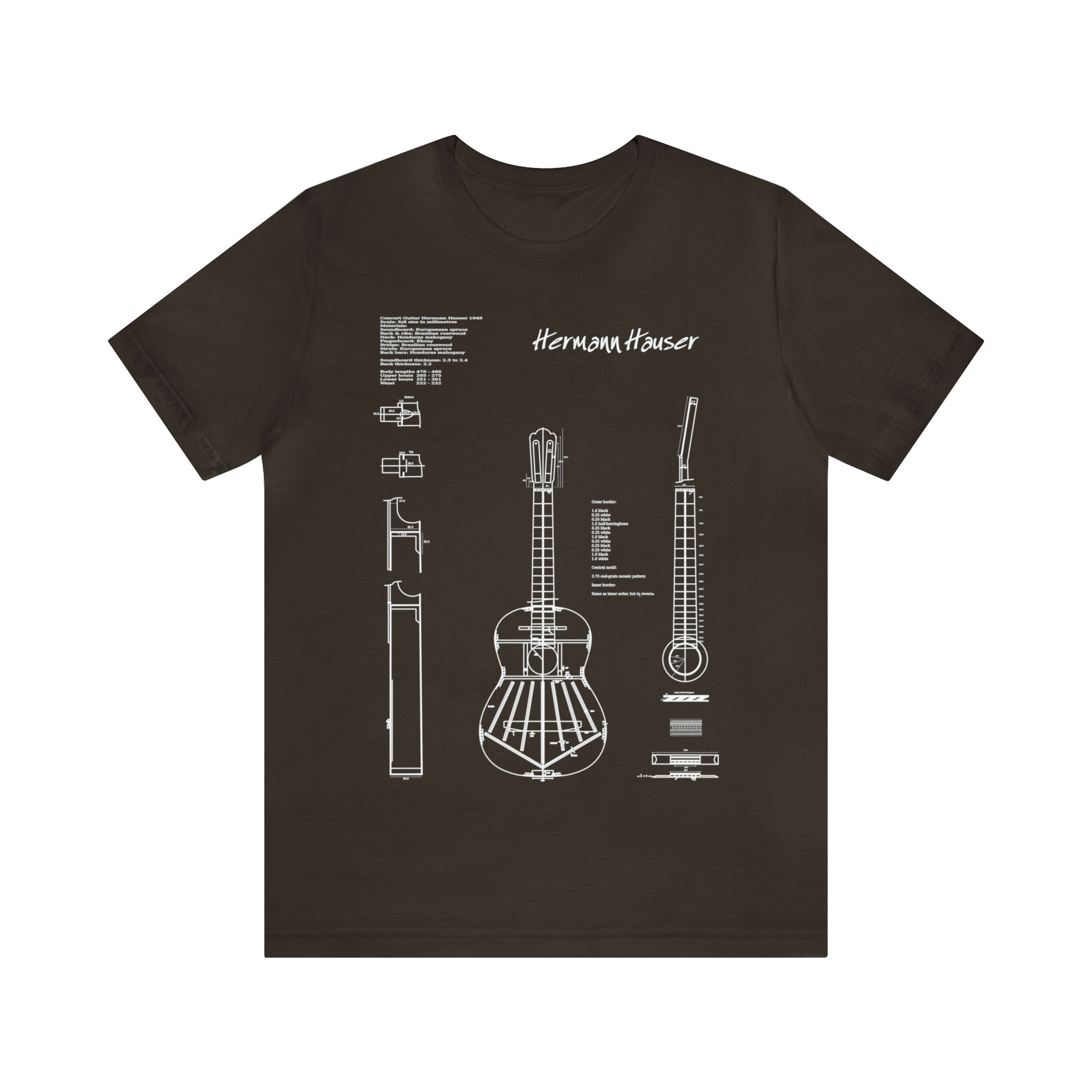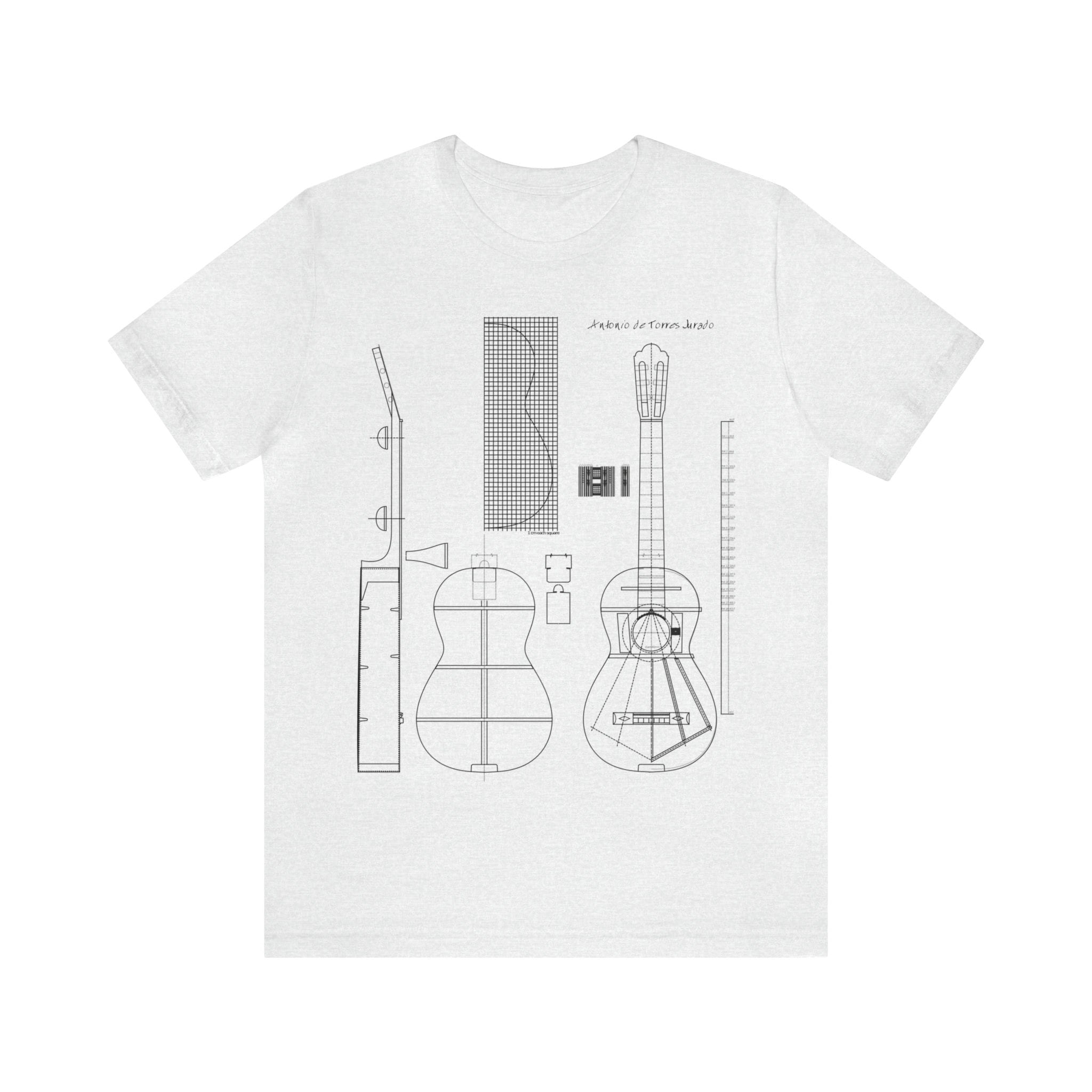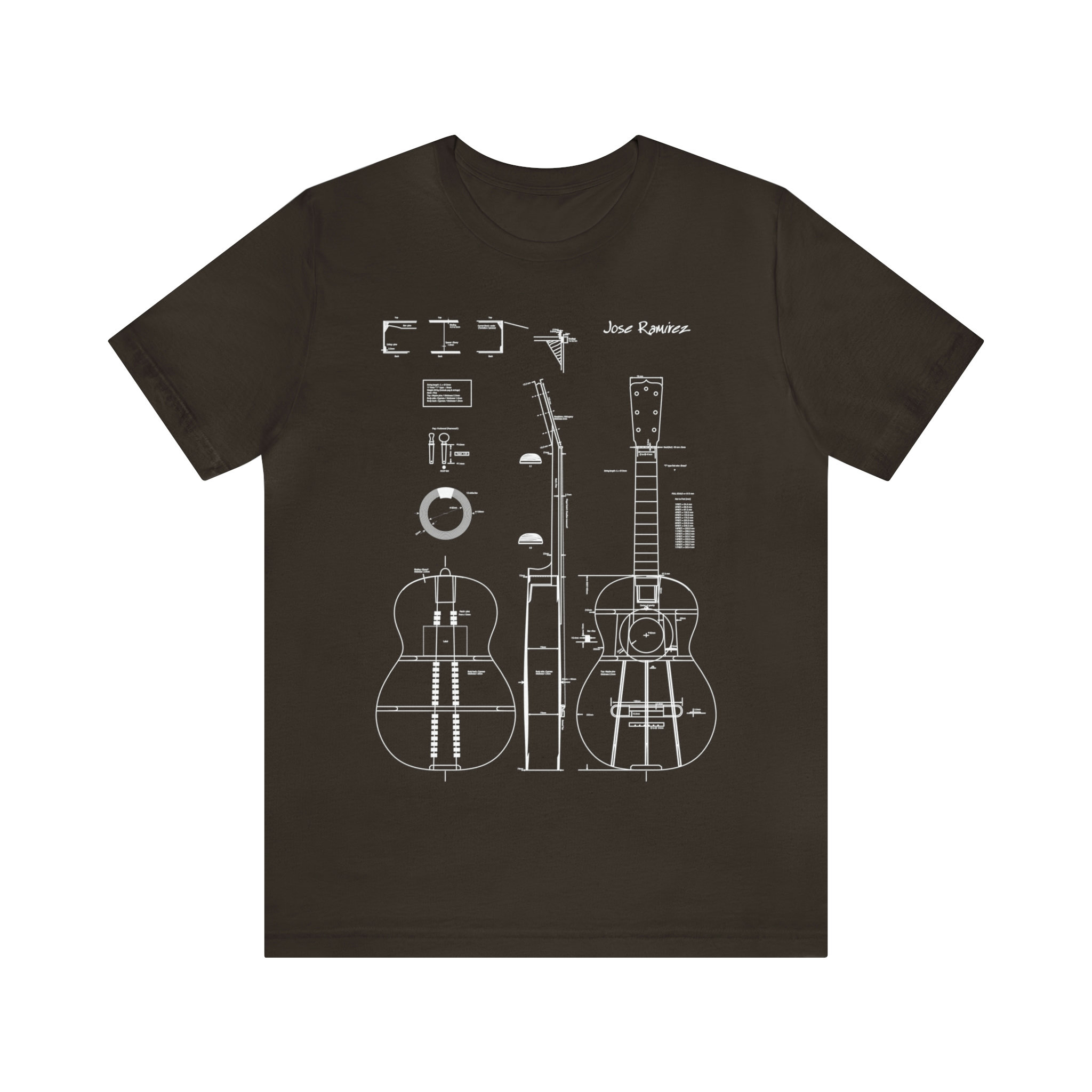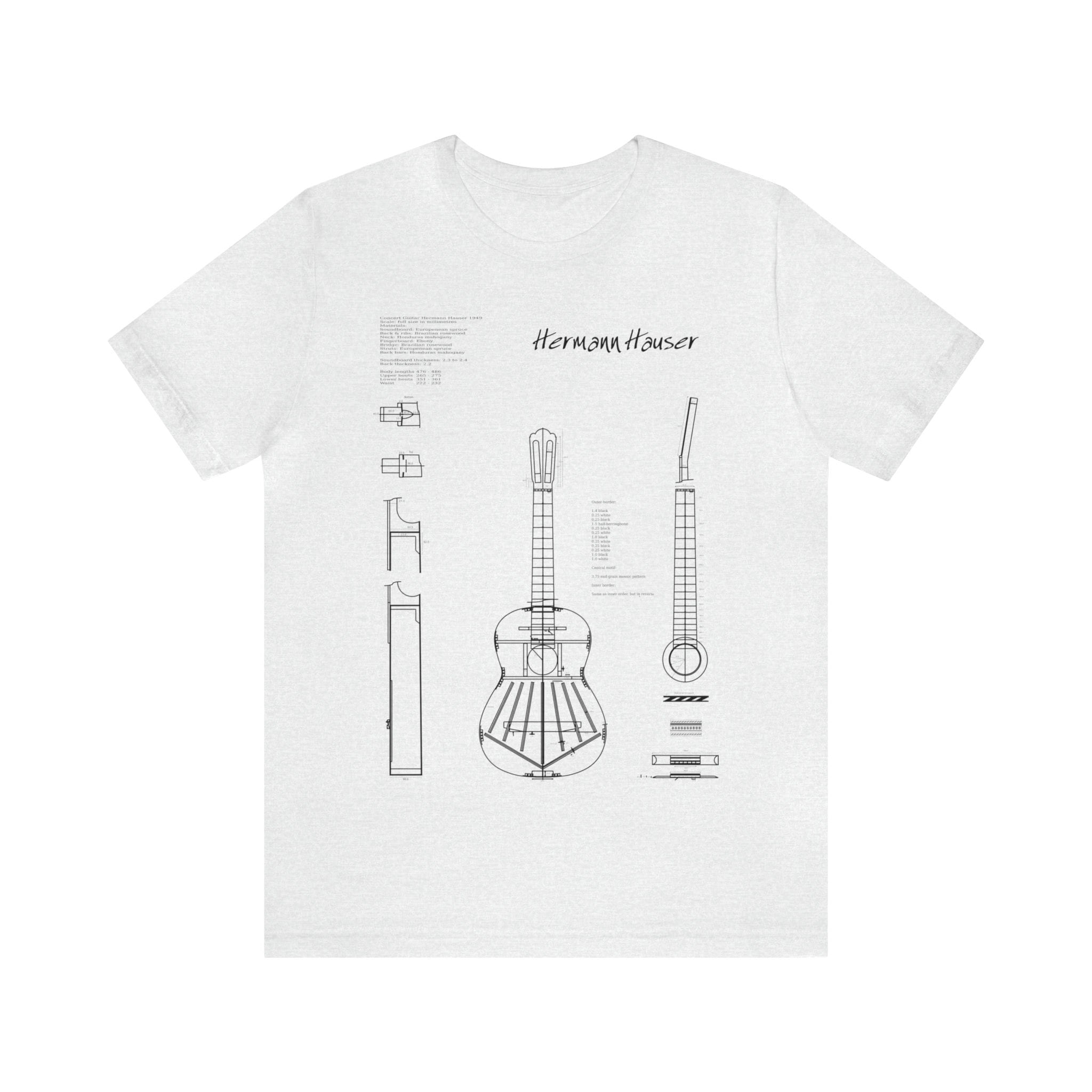Playing the guitar is not only about mastering the chords and the notes, but also about developing the right technique, especially with the right hand. The placement of the right hand is crucial in producing a good sound and preventing injuries in the long run.
The standard placement of the right hand on the guitar includes a flat or slightly curved wrist, centered hand on the soundhole, balanced forearm not too far forward or backward, and a free hand to rotate to the left or right to change the angle of attack. This placement allows for a neutral sound on the guitar and an easy transition between different types of sounds, from metallic to round.
It’s important to note that no single placement of the right hand is inherently bad, but some may cause more strain and limit the range of sound produced. A “bent” or “raised” wrist, for instance, can shorten the tendons between the elbow and fingers, leading to restricted movements and even injuries. It can also force the guitarist to pull the strings upward instead of pushing them downward when attacking.
In addition, the hand and elbow should act as a balance, allowing for easy movement between chords and passages. Placing the forearm too far forward or backward can cause an imbalance that needs to be compensated for, leading to tension and strain in other parts of the arm or shoulder. The hand should also be free to rotate to change the angle of attack, allowing for effortless attacks in various directions.
When considering the angle of the hand, it’s generally best to keep it parallel to the soundboard and not orient it towards the back. However, there may be times when it’s necessary to slightly open the hand towards the front, particularly when playing loudly. But this should be done with caution and consideration of the overall sound produced.
Finally, the right shoulder should be relaxed and not held high and tense. This will allow for greater freedom and ease of movement in the right hand.
Overall, the proper placement of the right hand on the guitar is essential to producing a good sound and preventing injuries. While there is no one-size-fits-all approach, a standard placement can serve as a guide and be adjusted as needed for individual playing styles and preferences. With practice and attention to technique, guitarists can master the right hand placement and produce a range of beautiful sounds on their instrument.
Classical Guitar
